There are few technologies in the world today that can make a Trillion-dollar impact on the global economy. IoT (Internet of Things) is one of them. McKinsey, the global think tank, estimates that IoT will have an economic impact of between $4 trillion and $11 trillion by 2025 (Source).
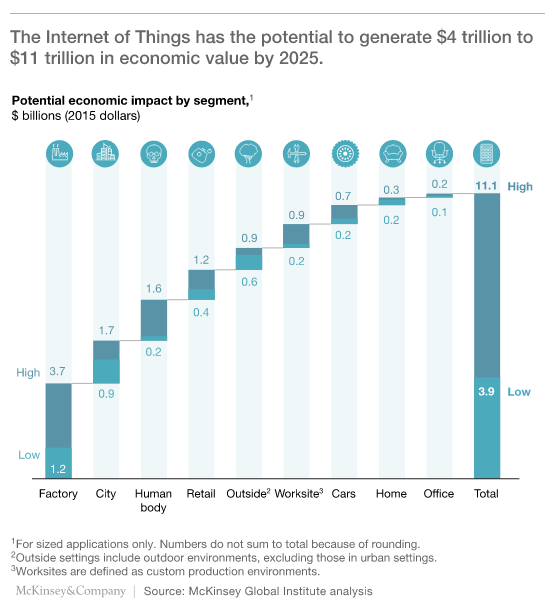
Source: Mckinsey
IoT brings organizations a whole new way of working wherein it becomes easier to control, manage, and monitor remotely located hardware. Also, it can open up numerous business models and revenue channels that were earlier inaccessible for want of a suitable hardware and software solution. IoT will also enable businesses to get a fresh pair of eyes to look into data to derive insightful business insights.
From healthcare to home automation and even connected manufacturing — IoT is creating new ecosystems that will rewire how we interact with IT equipment and real-world environments.
How IoT is rewiring the world as we know it
When it was first introduced to the world, many labeled IoT as a hype that will fizzle out with time. However, time and market performance have proven that IoT is not any hype but a solid technology with real-world applications that can review business processes.
It has become to be looked upon as a technology that is digitizing the physical world with the help of penny-sized sensors. Yes, IoT helps with the BLE (Bluetooth Low-Energy (BLE). BLE, which is also known as Bluetooth Smart, is a significant protocol that turns ordinary IT equipment into smart equipment that can connect to cloud servers via the internet to share real-time data. In the process, it is creating Billions of revenue and cost-efficiency impact for several industries.
IoT’s impact on healthcare
The world’s most sensitive industry vertical is for upheaval with IoT. for a long time, healthcare professionals and caregivers relied on estimates of patient data which skewed treatment decisions and caused dear losses to both sides. Also, it was never easy to obtain real-time information about patient health stats at scale in a large hospital environment.
With IoT, a new breed of patient wearables is entering the market, which can solve healthcare one and for all. The most basic version of this is the common fitness bands and trackers that most consumer markets have accepted with fervor. However, IoT in healthcare will introduce highly advanced patient wearables that can track sensitive health stats on a real-time basis, beam the data to cloud servers, which healthcare professionals can easily track through web and mobile apps.
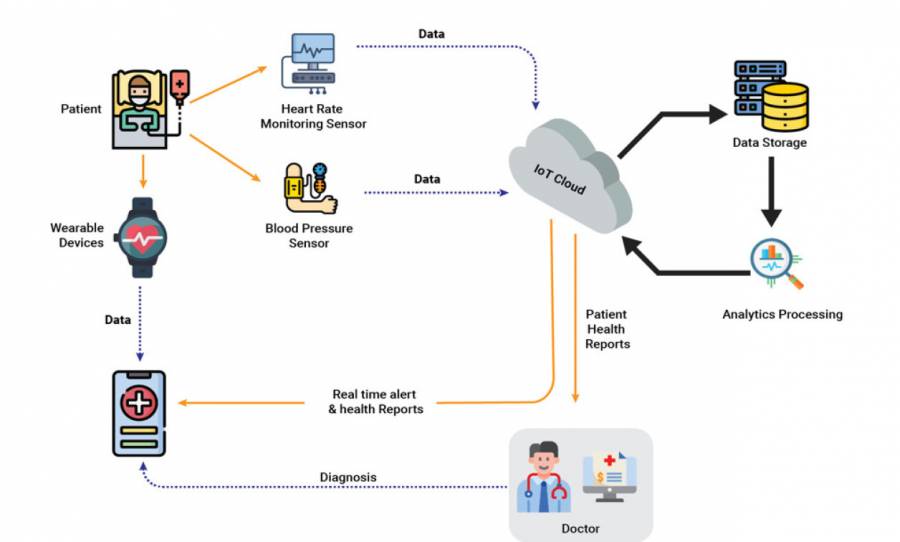 Source: Embeddedcomputing
Source: Embeddedcomputing
IoT’s impact on manufacturing
Imagine a many-football-sized manufacturing plant becoming a data spewing surface? The possibilities such manufacturing data will create are beyond measure.
The biggest impact of IoT on manufacturing can be listed in two ways:
- It will transform the manufacturing process by helping personnel with predictive maintenance, better asset management, and capacity utilization.
- It will enable new business models akin to anything-as-a-service wherein third parties will help manufacturers with their asset management through IoT data analytics.
One of the primary benefits that IoT will bring to manufacturing is the predictive repairing of assets. Traditionally, manufacturing equipment has been maintained based on calendars prescribed by OEMs (Original Equipment Manufacturers). However, when the equipment would break down unexpectedly, there were instances causing downtime and delays in repairing and restoring it to working condition. The resultant losses were in Millions to even Billions depending on the scale of manufacturing operations.
For instance, IoT sensors connected to an oil pipeline can collect data and upload it to cloud servers, which can be further analyzed to determine predictive outcomes. A remote operator can disseminate the data to decide what kind of preventive maintenance needs to be initiated to prevent downtime or improve asset utilization.
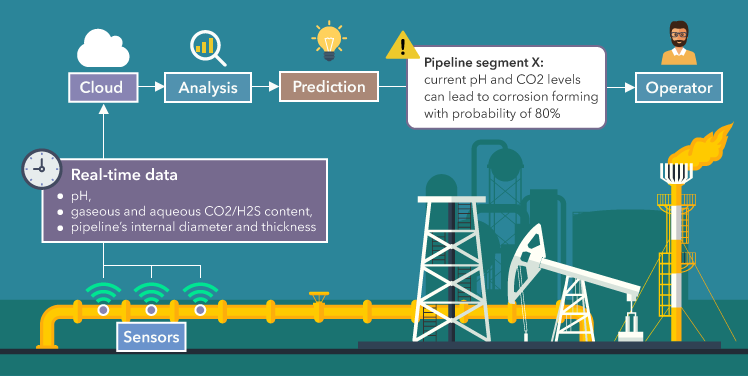
Source: Scnsoft
IoT’s impact on mobility
One of the biggest lifestyle improvements that IoT will bring to the world is connected cards. The recent awe-inspiring car models of Tesla, BW, Audi and the likes are computers with sophisticated software running on wheels. Under the hood, they are connected cars that are powered by a mesh of IoT sensors.
These connected cars will have features that were earlier seen as sci-fi or in James Bond movies. Connected cars have the capability to sense their surroundings using a wide range of sensors, including motion, display, light, weather, and so on. Based on the sensor readings, the car can redirect to a shorter or less congested route, show vital car stats to the driver, take anti-collision measures, and so on.
For example, an IoT sensor can deliver real-time fuel efficiency, battery life, and other vital vehicle diagnostics. In other words, IoT can bring a host of lifestyle and safe driving features to everyday commute.
Source: Intellias
IoT’s impact on home automation
Homes, which have majorly been seen as the last priority for technological advancements, are given higher priority in the IoT wave. A sleuth of IoT applications is created to revamp the home living experience. It begins with automation that will require the dwellers to exert minimal effort in managing and controlling their devices.
One of the use cases that has been growing in popularity is home automation. Home automation will enable users to easily automate routine tasks at home that earlier required manual actions. This includes climate control of HVAC systems, access controls, lighting and heating controls, etc. IoT will enable users to control their home smart devices like lights, fans, air conditions, and several other types of equipment online through cloud servers. This will heighten asset utilization, reduce energy wastage, and also improve the standard of living drastically.
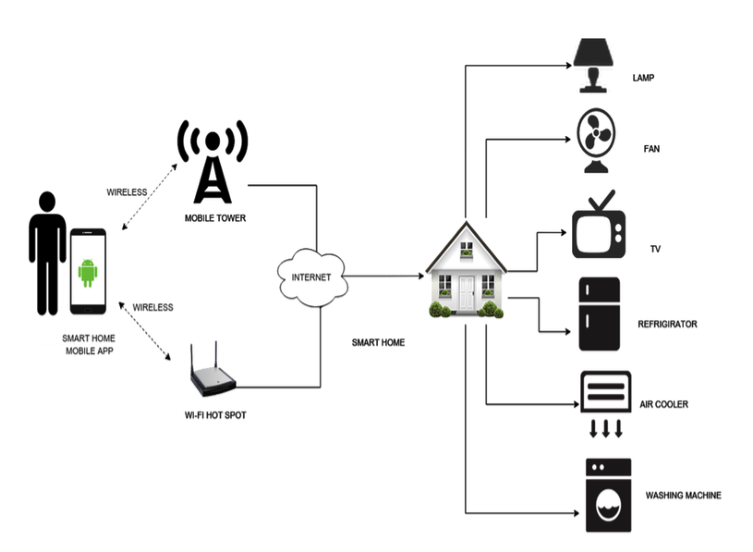
Source: Researchgate
Unlocking the true potential of the Internet of Things (IoT)
Although IoT is a world-changing technology, unlocking its true potential requires critical thinking, proactive planning, and diligent implementation. Given the wealth of IT expertise available in the world right now, designing an app for IoT is not a cumbersome process.
What will decide the success of an IoT app is the idea. IoT can automate anything; however, automating the right business process to a specific limit only can unlock its true potential. For businesses relying on manual processes and analog workflows for too long, IoT can breathe digitization that will augment their productivity and turn them into the modern digital era.
Undoubtedly, IoT is opening up a wide world of connected devices. It can heighten collaboration between human to machine and machine to machine, thereby creating tangible business benefits.
Image Credit in the article: from the author; thank you!
Image Credit: george milton; pexels; thank you!
The post 4 Ways IoT is Rewiring How the World Works appeared first on ReadWrite.


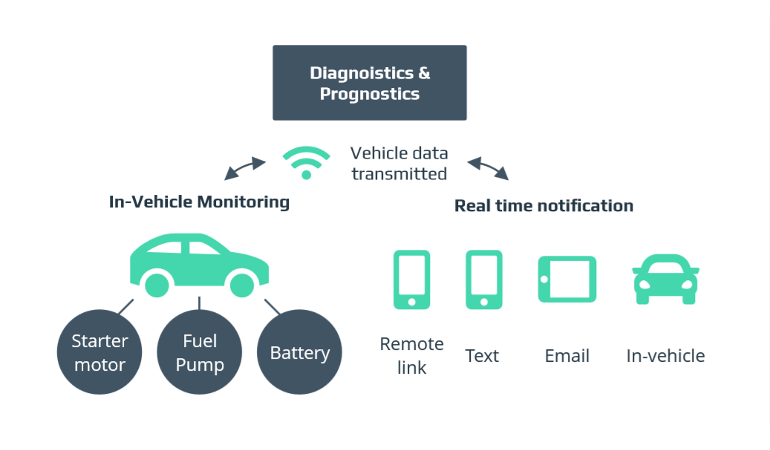
Comentarios recientes